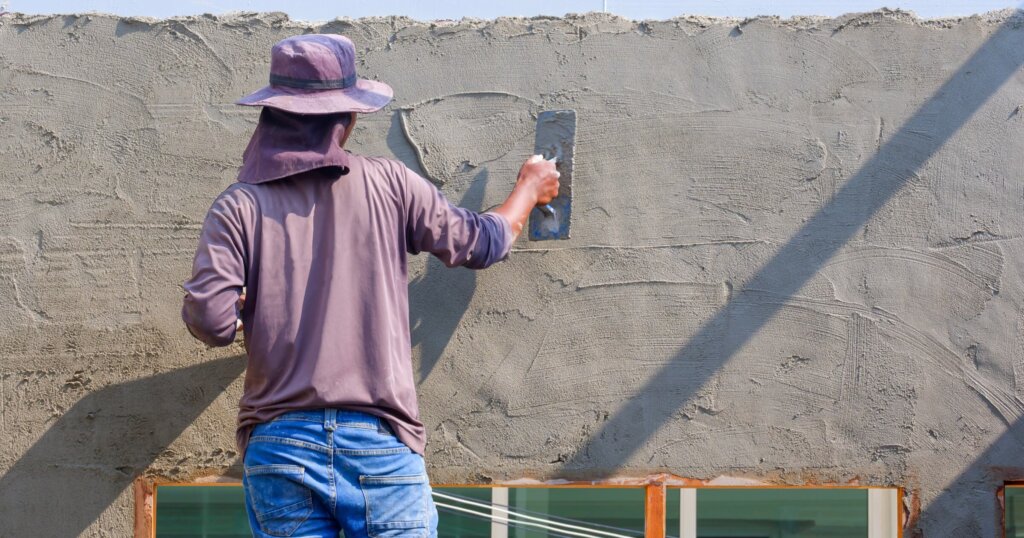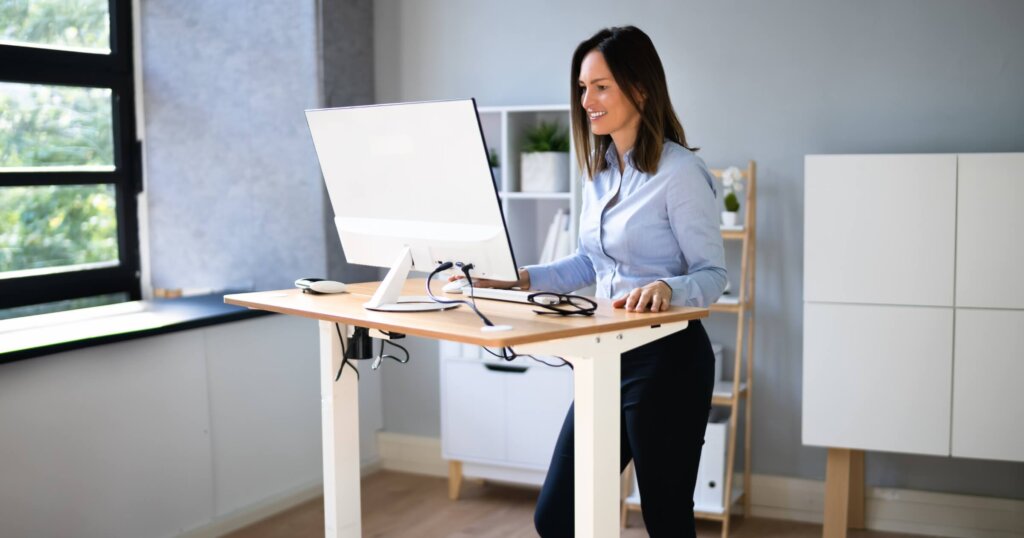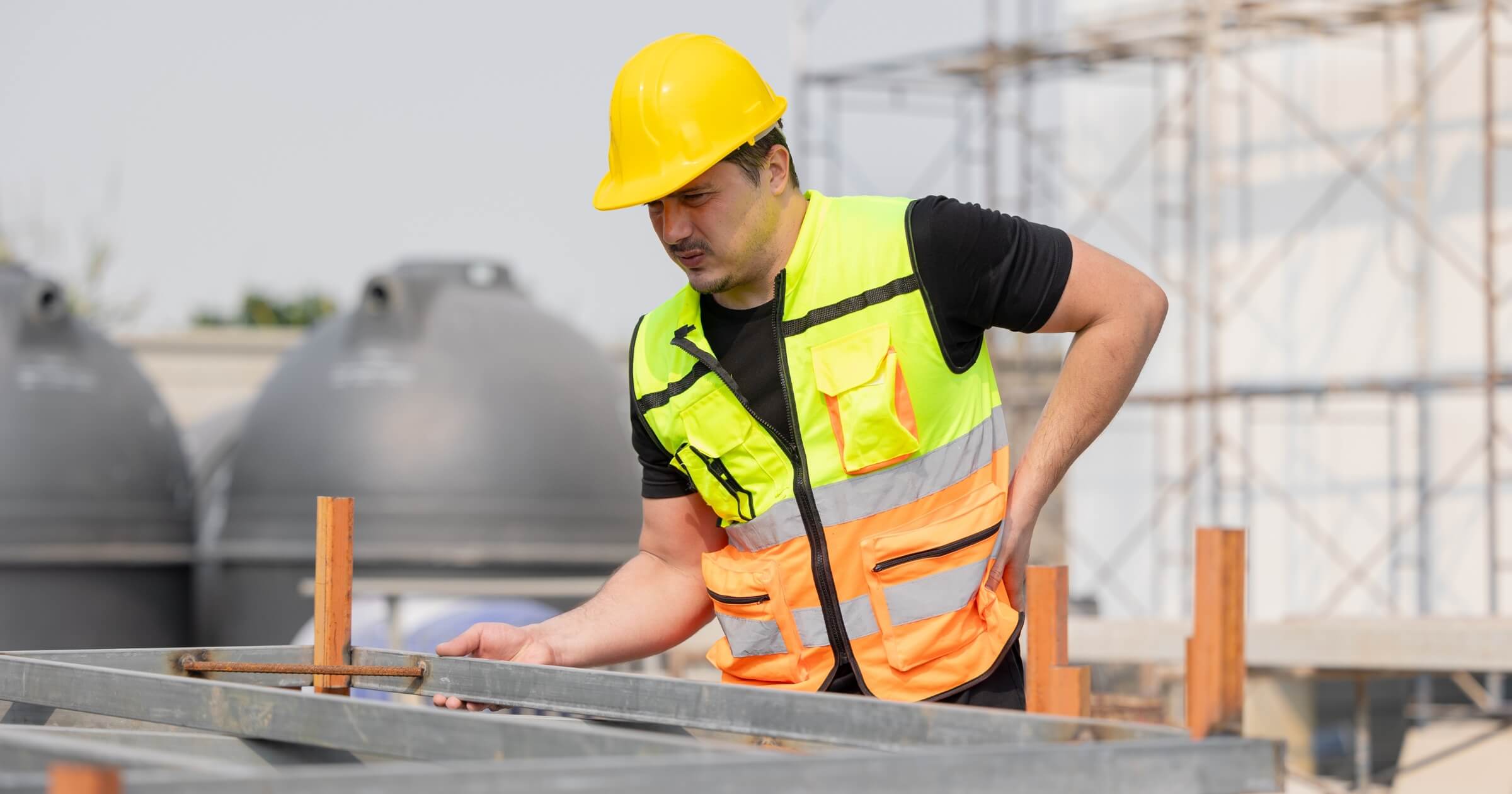Standing at work all day can lead to more than just tired feet. Research has linked prolonged standing to chronic back and leg pain, swollen veins, fatigue, and elevated blood pressure. Expectant mothers may face an increased risk of preterm birth or low birth weight. Whether you’re a nurse, cashier, teacher, or tradesperson, understanding the risks of prolonged standing and ways to minimize the effects can help you avoid these major health complications.
Quick look:
- Prolonged standing at work all day has been linked to an increased risk of lower back pain, leg swelling, and musculoskeletal disorders, particularly in jobs such as construction, manufacturing, and retail.
- Research from the American Journal of Epidemiology found that individuals who spend most of their day standing are twice as likely to develop heart disease compared to those who primarily sit.
- Canadian studies have shown that pregnant workers who stand for over four hours daily may face a higher risk of adverse outcomes like preterm birth or low birth weight.
- Jobs requiring static standing, such as those of cashiers, welders, and assembly line workers, are particularly affected, with injury rates higher among those with limited mobility or poor flooring conditions.
- Experts recommend using anti-fatigue mats, rotating tasks, and incorporating sitting breaks to reduce the health risks associated with prolonged standing on the job.
How standing at work all day can harm your health
Research indicates that prolonged standing increases the likelihood of experiencing low back pain, leg discomfort, and body fatigue. A 2021 Korean study found that nearly half of full-time workers spent more than half their workday standing, which raised their odds of lower extremity pain by more than threefold. Joint pressure from standing can accelerate wear in the knees and hips. Over time, this may lead to structural changes and chronic conditions that limit mobility. Employers and workers need to recognize pain before it becomes disabling.
Standing at work all day also affects circulation. In a Danish cohort of 1.6 million workers, men who spent most of their day standing faced an 85% higher risk of developing varicose veins, and women had a 163% higher risk. Across healthcare, a meta-analysis found that 25% of workers experienced varicose veins, particularly those who stood for long periods. Swelling and leg cramps often follow, progressing to venous insufficiency and ulcers if untreated. These conditions impair endurance and may require medical treatment, resulting in both workers and employers incurring time and financial costs.

Photo courtesy of https://www.shutterstock.com/
Cardiovascular risks also emerge with long-term standing. A CDC literature review highlighted an association between prolonged constrained standing and increased blood pressure, heart disease, and fatigue. A recent UK Biobank study found no decrease in heart disease risk among individuals who stood for more than two hours daily, while the risk of circulatory conditions increased by 11% for every additional 30 minutes of standing. Standing without movement fails to engage blood flow, which can raise pressure in leg arteries and veins. Over the years, this may increase the risk of coronary issues or vascular disorders.
Expectant mothers also face heightened threats. Long periods of standing over four hours daily were associated with a 20% increased risk of preterm delivery and low birth weight in a Canadian study. Weight shifts during pregnancy increase pressure on the spine and lower limbs during prolonged standing. Swelling and fatigue often intensify late in pregnancy, worsening discomfort. Ergonomic guidance recommends more frequent posture breaks for pregnant workers; however, many delivery or healthcare roles overlook these protections.
Who is most at risk?
COBA’s survey of 1,000 people who stand for four or more hours per day found that 46% reported low back pain, 33% reported foot pain, and 29% reported knee pain. Most had no support from employers in the form of chairs, mats, or scheduled breaks. The jobs that are at highest risk include:
- Industrial workers
- Factory workers
- Construction laborers
- Healthcare staff
- Baristas
- Cashiers
Studies show that standing roles report up to 60% more leg swelling and musculoskeletal complaints compared to administrative peers. These workers struggle to find balanced schedules or ergonomic solutions amid the tight demands of work.
Fixed postures on hard floors can cause cumulative fatigue and joint fissures, leading to increased rates of ergonomic injuries and burnout. Without provision for rest or movement, such work setups can lead to physical health degradation over time and increase staff turnover.
Main health risks of standing at work all day
Musculoskeletal pain and fatigue
Standing forces muscles to maintain posture continuously. That generates fatigue in the lower back, hips, knees, and feet. Small spinal shifts compress discs, triggering persistent aches or sharp pain. Over time, workers can develop chronic conditions like sciatica or plantar fasciitis. These musculoskeletal problems tend to worsen by the end of the shift and persist into days off.
Circulatory problems
Gravity causes blood to gather in the leg veins when standing still. Vein walls weaken and valves fail, leading to varicose veins. Those swollen, aching legs often worsen as the shift progresses. Untreated venous disease may progress to ulcers or deep vein thrombosis. Occupational stress and stagnant blood elevate such outcomes.
Cardiovascular effects
Standing at work all day hikes resting blood pressure. Arteries may stiffen or narrow with constant pressure. Over the years, this contributes to the risk of heart disease or stroke. The UK Biobank study linked more than two hours of standing upright to an 11% rise in circulatory diseases. That shows standing without movement is not protective.
Pregnancy-related complications
Standing for extended periods stresses already taxed bodies. It reduces blood flow to the uterus, increasing the chance of early birth or low birth weight. Confirmed research found a 20% higher risk in pregnant women who stood for over four hours daily. Discomfort increases toward term, heightening the risk of fall or labor onset. Employers must allow for posture flexibility and ensure regular breaks for pregnant staff.
Is standing better than sitting?

Photo courtesy of https://www.shutterstock.com/
A popular view is that standing is healthier than sitting, but research does not support this belief. While sitting for prolonged hours raises risks for cardiovascular disease, obesity, and metabolic disorders, Standing at work all day also has its own hazards to musculoskeletal and circulatory health. The UK Biobank found that standing for longer than twelve hours increased the risk of circulatory disease and did not reduce the risk of heart disease compared to sitting.
The best practice to reduce the effects of either sitting or prolonged standing includes a variety of movement rather than static posture. One review found that workers who alternated between sitting, standing, and walking had lower health risks than those who remained stationary. Employers should design shifts with varied postures and scheduled breaks to enhance long-term health outcomes.
How to reduce risks if you must stand
Use anti-fatigue mats and supportive footwear
Anti-fatigue mats reduce joint and foot pressure during long standing. Cushioned soles absorb shock and improve comfort. Research suggests that mats can lower fatigue by 25% during shifts. Supportive shoes with arch support and padding help maintain proper posture and joint alignment. Workers who wear proper footwear report less pain and greater endurance.
Alternate sitting, standing, and walking regularly
Changing position every 30–60 minutes helps blood return to the heart and relieves stress on muscles. Task rotation, such as alternating between cashier and stocking duties, encourages natural movement. Standing intermittently, as well as sitting or walking, also helps with spinal decompression. This practice helps reduce fatigue and increase energy levels throughout shifts.
Add short movement breaks and calf stretches
Calf raises and toe flexing for two minutes each hour improve circulation. Stretching legs and spine helps maintain flexibility and reduce stiffness. These breaks reduce soreness that accumulates during shifts. Workers report less leg fatigue with frequent light stretches.
Provide sit-stand workstations or stools
Sit-stand desks or stools enable shifts in posture without requiring a change in station. Lean stools offer rest while preserving access to tasks. These tools reduce leg pressure and support spinal health. Workers who use posture variation tools experience less tension and improved endurance.
Use compression stockings where appropriate
Graduated compression stockings support vein walls and reduce swelling. Healthcare guides recommend them for workers who stand for long hours or during pregnancy. Studies confirm that wearers experience less leg pain and a reduction in the severity of varicose veins. Regular use during shifts helps maintain circulatory health.
Final takeaways
Standing at work all day counts as an occupational hazard if not managed well. Combining posture variability, ergonomic tools, and regular movement breaks helps preserve well-being and avoid future health complications. Employers should invest in ergonomic mats, adjustable workstations, supportive footwear policies, and regular breaks to protect their employees long term health.
Workers on the other hand should monitor early symptoms, such as tired legs, swelling, and backaches, and use available aids promptly. Swapping shoes, stretching, and engaging in regular physical activities will help offset some of the negative effects caused by prolonged standing.
For practical guides, expert interviews, and tools for worker safety, subscribe to the Under the Hard Hat newsletter at https://underthehardhat.org/join-us/ today.


